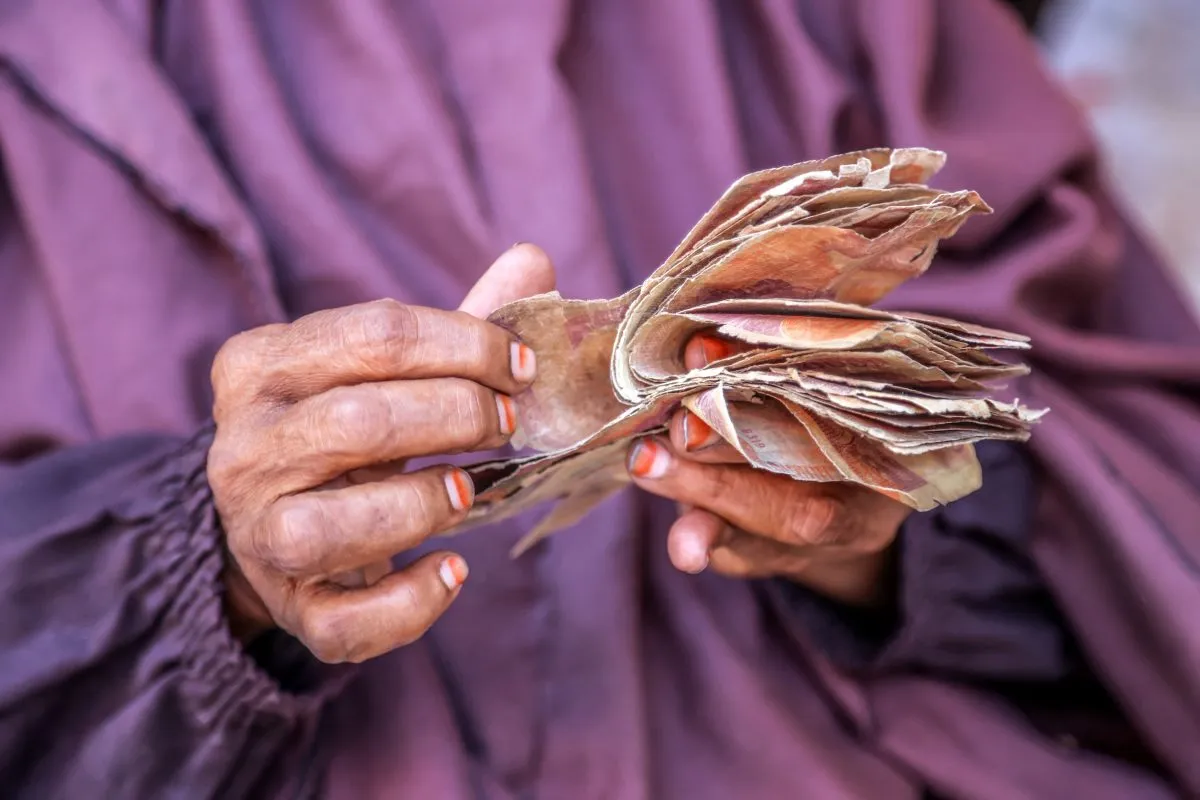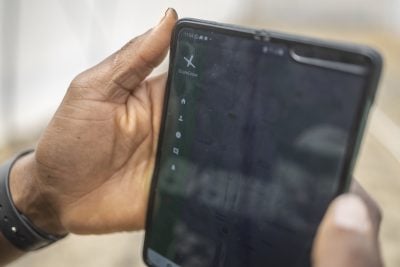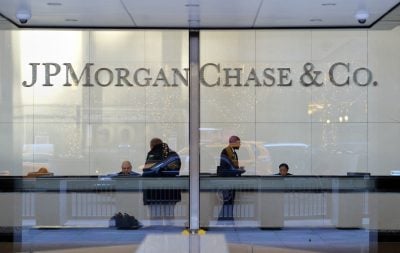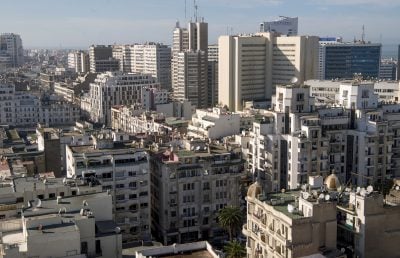In the late 1970s, after being abandoned by the Soviet Union, the Somali dictator Siad Barre sought new patrons in the West. Soon American weapons were pouring in and his government was borrowing heavily. Many of those loans were still outstanding in 1991, when Barre’s regime collapsed and the country fell apart. The debt sat on the books of the Somalian state even though,for all practical purposes, such a state had ceased to exist.
Now the debts of the past are finally being washed away. On 6 November the US government announced that it was ready to forgive its $1.14bn share of Somalia’s obligations. Other governments have also been cancelling the debts they are owed, as have multilateral lenders like the World Bank and IMF. The country’s debt has fallen from 64% of GDP in 2018 to just 6% this year.
“Debt relief has not only been a debt cancellation process but also a state-building endeavour for us,” says Bihi Iman Egeh, Somalia’s finance minister. “When we started the debt relief journey the state institutions were virtually absent.”
Successive governments have established a nascent state while grappling with humanitarian needs and fighting the jihadists of al-Shabaab – a challenge Egeh likens to building a house at the same time as trying to live in it.
Richard Riley, the US ambassador in Mogadishu, agrees that debt relief is a sign the country is heading in the right direction.
“From our perspective it’s emblematic of our very strong relationship and trust in the Somali people and their future,” he tells African Business. “It’s foundational to their future fiscal and economic stability and prosperity.”
Relief at last
Most African countries benefited from debt relief in the late 1990s and early 2000s, under the Heavily Indebted Poor Countries (HIPC) initiative. Somalia is finally joining the party after becoming the 37th country to graduate from the scheme last year.
The technical reason why Somalia took so long was that the country first needed to clear its arrears to the IMF and World Bank, a precondition for debt relief. The underlying issue was that the state was barely functional.
That began to change when a federal government was established in 2012. Although it struggled to impose its authority beyond Mogadishu, it gradually rebuilt the rudiments of a state. The fledgling administration introduced new taxes, removed “ghost workers” from the payrolls and tightened its management of public accounts. Laws were passed against money laundering and corruption. An agreement was reached on how to share anticipated oil revenues among federal member states.
At first the government could not borrow new money from the IMF but agreed that the fund’s staff would monitor its economic programmes anyway, as a signal of commitment.
“If you talk to people who worked in Somalia ten years ago, not many believed that they would be able to achieve the success that they have,” says Kristina Svensson, the World Bank’s country manager for Somalia. “This was a country that did not have institutions, did not have a state.”
Leaders on all sides of the country’s political divides saw the prospect of debt relief as “a guiding star” for reform, she adds.
In 2020 Somalia cleared its arrears to the World Bank, IMF and African Development Bank using bridge financing from Norway, Italy and the UK, which allowed those institutions to resume normal financing to the country. Even after that milestone, debt relief was still held up by political crisis, which delayed elections by 16 months.
But Somalia stayed the course. By the end of last year it had achieved 13 of the 14 conditions that its creditors had set for debt relief (they agreed to overlook the last one, requiring the same tariff rates to be set at all ports, due to disagreements between the federal government and the semi-autonomous state of Puntland).
Egeh, the finance minister, points out that Somalia completed its debt relief journey despite two changes of government along the way.
“We have designed these processes not as politically-driven but as nationally-driven processes,” he says. “They have become national targets, national milestones.”
Governance challenges
Not everyone is sold on the story of success. In 2020 Joakim Gundel, an independent researcher, interviewed dozens of people about the debt relief process, including government officials and donor staff.
In a memo published by the London School of Economics he argued that the international financial institutions were so keen to get debt relief done that they turned a blind eye to ongoing issues, such as the way that money continued to flow informally with little transparency or accountability.
Gundel tells African Business that debt relief will help the executive branch access finance without doing enough to strengthen the institutions, like parliamentary committees, which might scrutinise how such money is used.
“If they don’t have enough resources to monitor and to make their own independent investigations into what’s happening, then you’re basically just empowering the wolf,” he argues.
Others say that such concerns must be set against the urgent moral case for debt relief, in a country that has been repeatedly buffeted by drought, flood and famine.
“The initiative has freed the country’s resources for domestic use, like post-conflict rebuilding, social services like health and education, and trying to create employment for young people,” says Abdullahi Noor of the Somali NGO Consortium, a forum of humanitarian groups.
Taxing times
The immediate consequence of debt relief is that Somalia will find it easier to access external finance. In 2020, after clearing its arrears, it entered an IMF programme. It has also been given new grants by the World Bank.
But many of the countries which benefited from debt relief in the early 2000s have since run into debt problems again. If Somalia is to avoid the same fate, it will need to raise more revenue itself.
Currently the government collects revenues equivalent to just $23 per person, or 2.8% of GDP. That is enough to cover its wage bill, and no more. Half of what it collects comes from taxes on international trade. Half of its spending on wages goes to soldiers and other security personnel. Development projects and social programmes, like a World Bank-funded cash transfer scheme, rely on money from outside.
In August traders in Mogadishu shut their shops in protest at a new sales tax, in a sign of the political obstacles to raising more revenue domestically. Tellingly, the Somali word for government taxes, canshuur, connotes a restriction or burden.
In addition to raising more revenues, Egeh says his other economic priority is to grow the economy, with the IMF forecasting growth of 4% this year. He wants to build infrastructure, develop the livestock and fisheries sectors, and attract more private investment.
That may seem like unrealistic ambition when the federal government has a strained relationship with some federal member states and large swathes of the country are still controlled by al-Shabaab. As Egeh acknowledges, security is essential for prosperity. But he is optimistic for the future. Debt relief “has enhanced our international reputation and standing”, he says.
In another sign of progress, Somalia was admitted last year to the East African Community, a regional bloc. In June it won a non-permanent seat on the UN Security Council. After decades when the Somali state barely existed, it is beginning to take its seat at the table.
Want to continue reading? Subscribe today.
You've read all your free articles for this month! Subscribe now to enjoy full access to our content.
Digital Monthly
£8.00 / month
Receive full unlimited access to our articles, opinions, podcasts and more.
Digital Yearly
£70.00 / year
Our best value offer - save £26 and gain access to all of our digital content for an entire year!

 Sign in with Google
Sign in with Google 



